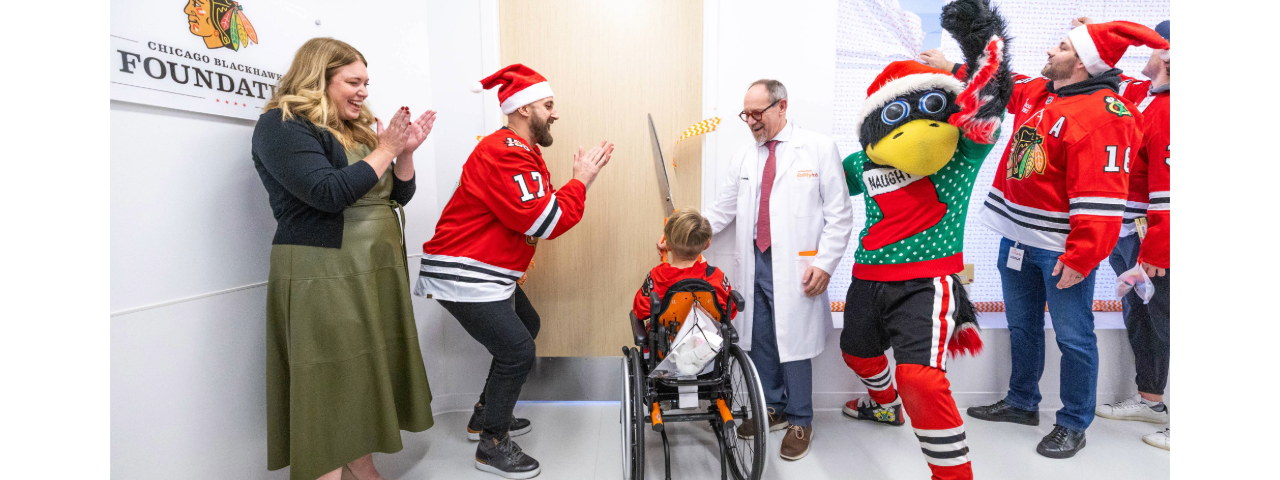Body
Medical Education is changing. It was not that long ago, when I thought EPAs and OPAs were what hipsters would drink at the local brewery; “asynchronous learning” held a negative connotation; and a “flipped classroom” meant someone renovated to raise the property value. I remember when I started residency at Northwestern there were 1-2 remaining faculty members who still had their presentations on actual slides and we had to use the slide projector. PowerPoint presentations were the “new thing” back then and if a lecturer could animate the slide or play a video embedded within their slides they were on the “cutting edge.” I have now dated myself in both directions. Some of you remember the days when the lectures were given on chalkboards and others of you think that PowerPoint is old and prefer Presi or Keynote. Wherever you fall, the concept of a 60 minute lecture was there. A lecture-based education has been one of the mainstays of graduate medical education curriculum; however, this belief is changing rapidly.
For at least the last decade, medical schools have been shifting towards problem-based learning enriched with group discussion. More recently, simulation in medical education has been more prevalent. There are medical schools who have taken their students out of the cadaver lab and are using anatomy holograms of the full body instead actually dissecting an embalmed cadaver. Technology is being utilized to aide in education. At Northwestern University Feinberg School of Medicine, all the lectures are now being video-recorded and most students watch the lectures online, while the lecturers are speaking to a virtual audience with few people actually in the classroom. Students have told me that they enjoy watching them online because they can speed up or slow down the recording depending on the lecturer’s rate of speech. Medical students now have grown accustom to different methods of learning due to the innovations occurring across medical schools. These same students graduate and come to residency where they find that most graduate medical education programs are still using the framework of a traditional 60 minute lecture. It is hard for them to sit in a classroom for 60 minutes for a lecture. The mismatch in expectations becomes more palpable every year.
In the last few years, our residency program has taken some steps towards restructuring the way we deliver education. We have made a series of web-based videos on the musculoskeletal (MSK) physical examination that our residents watch prior to their hand-on physical examination series led by MSK faculty in small groups – which is considered a flipped classroom education. We have also developed a MSK US-guided Injection Course in a Simulation Lab with fresh frozen cadavers. The move into the Shirley Ryan AbilityLab has been able to facilitate the greatest change. The new hospital has a state-of-the-art simulation lab with a sim-mannequin that can be programmed and controlled to mimic seizures, pulmonary congestion, agitation, cardiac arrhythmias, and autonomic dysreflexia. All the residents go through simulation-based cases on pediatric emergencies and rehab emergencies including agitation, thalamic storming, autonomic dysreflexia, LVAD management, and seizures. The hospital also now has a media studio with professional videographers and editors to create new innovative ways to deliver our educational content. We are in the process of creating thirty 10 minute videos on core topics in PM&R for our residents to access prior to a rotation, during a rotation, or after a rotation when they are studying for boards so they can participate in asynchronous learning. We have a web-based learning management system that will house our Learning Objectives, Classic Articles, Rotation Videos, and Self-Assessment Questions. The days of finding important information on the “Resident Shared Folder” on the desktop are slowly slipping away.
The days of a 60 minute lecture have not completely passed us. Our curriculum still includes a number of outstanding lectures given by our well-respected faculty; however, in order to continue to meet the needs of our residents, who are growing up in an evolving system of education, it is essential to diversify the way in which we deliver our education to them.
Mentioned Profile


